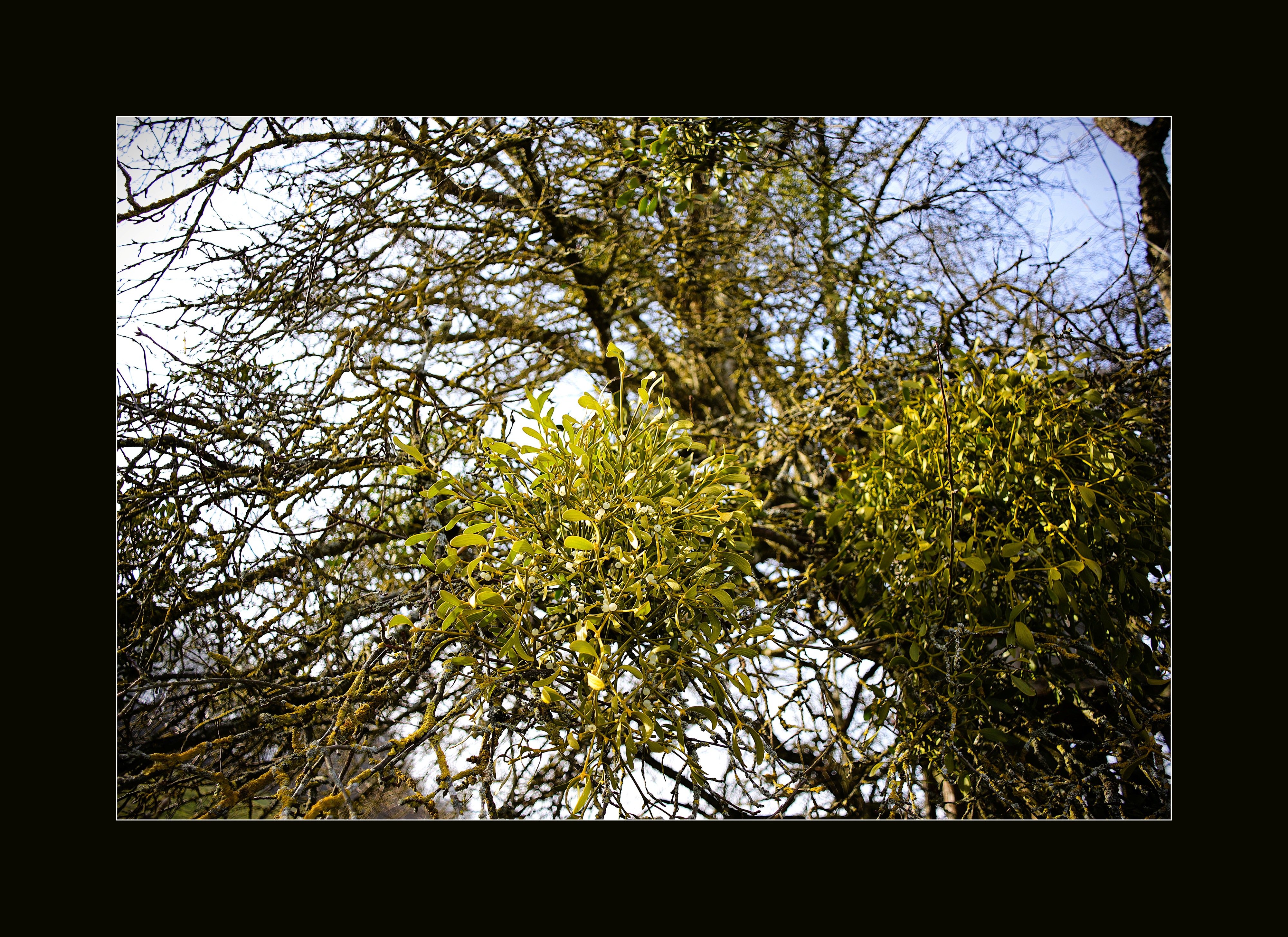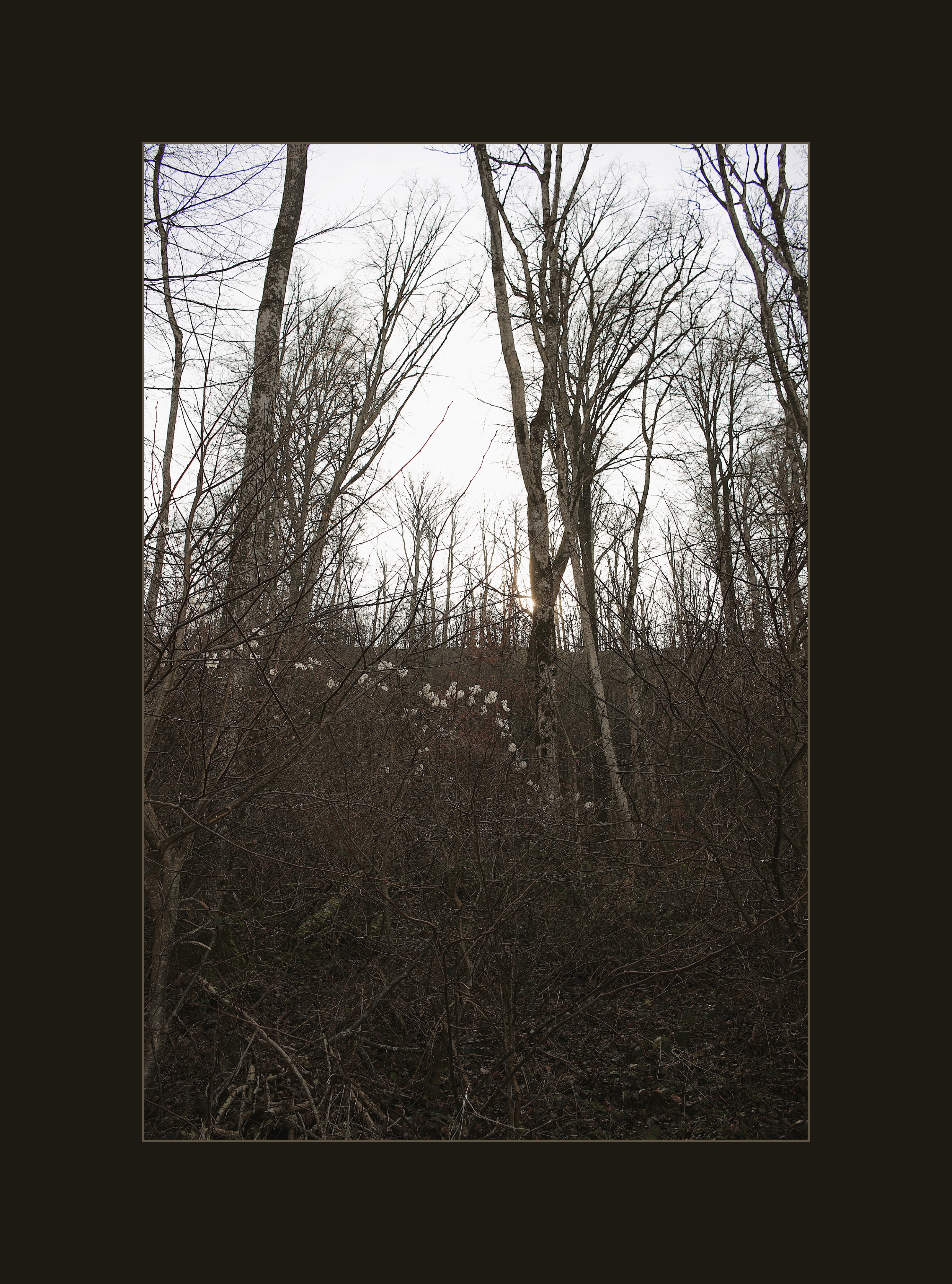3D pop
SMC PENTAX-M 1:3.5 28mm (announced 1977) SLR lens adapted to Canon
EOS R
Text and photography (February 2025) by
Christian Speck.
Optimized for mobile. Use desktop view for the best design experience.
I wanted to test my vintage SMC PENTAX-M 1:3.5 28mm (announced 1977) SLR lens for 3D pop. The
lens was adapted to my Canon EOS R.
What is 3D pop?
3D pop is an effect in photography where the subject stands out from the background, creating an attractive
3D look in a 2D image. High overall contrast combined with high micro-contrast creates the perception of
3D pop. Many people cannot see this 3D rendering effect. 3D pop is often mistakenly confused with
«bokeh».
Lenses with high 3D pop are based on a simple optical design with only a few lenses in a few groups. Shot at
wide apertures, 3D pop is at its most pronounced - images are very sharp in the centre, but the edges are
poor, with a lot of vignetting (darkening of the edges) and a lot of colour shift.
Many modern lenses are corrected to be sharp all around the frame; they have almost no distortion, chromatic
aberration and colour shift. They are based on complex optical designs with many lenses in many groups to
correct all optical errors. However, the complex design results in a loss of micro-contrast and in 3D
pop.
In particular, vintage lenses with simple optical constructions are known for their strong 3D effects, as
are the lenses from Zeiss and Leica.
If you are interested in 3D pop, micro contrast and MTF curves read more
here.


